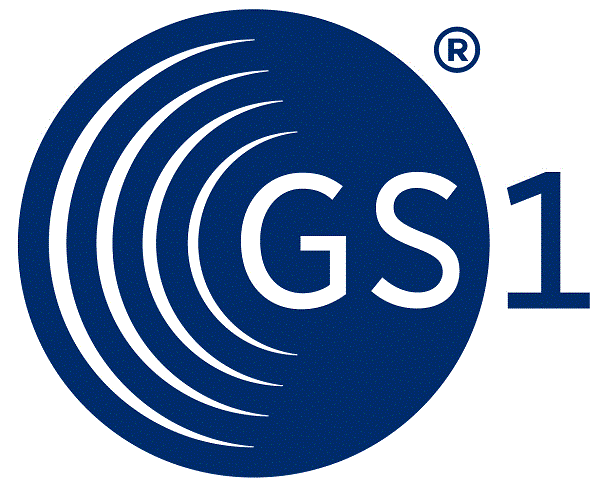Status
| MESSAGE TYPE |
: INSDES |
| REFERENCE DIRECTORY |
: D.01B |
| EANCOM® SUBSET VERSION |
: 003 |
A message from a party to another party
who has control over ordered goods, providing instructions to despatch or collect a
consignment according to conditions specified in the message.
The instruction to despatch message may
be sent from a supplier or buyer to a third party service provider.
The message may be used to identify at a
complete message level or at a line item level;
- the delivery location(s);
- the date(s) on which delivery(s) should take place;
- etc.
Usually the Instruction to Despatch
message will be sent following a Cargo/Goods Handling and Movement message which was used
to prepare goods for despatch.
The Instruction to Despatch message must
not be used to order transport services for the despatch of the goods. The Transport
Instruction message must be used for this purpose.
Because the third party service provider
is outside the normal buyer to supplier order process, the instruction to despatch message
may be used by the supplier or buyer to inform the third party service provider of
information stated in the purchase order which is required for the effective despatch of
the goods, e.g. terms of delivery, transport equipment required for the delivery; to
enable the logistic service provider to produce a despatch advice on behalf of the buyer
or supplier.
If the same product is to be delivered to
different locations then the LIN segment group (group 10) should be repeated with each
delivery location specified in the NAD segment in group 12.
The identification of items to
be despatched.
Within the instruction to despatch
message, items to be despatched may be identified using either a GTIN or an GS1 Serial Shipping Container Code (SSCC). The following rules of
thumb should be used to decide which method of identification should be used and also how
to apply the method in the message;
1. GS1 Global Trade Item Number (GTIN)
Article numbers should be used to
identify despatch units which contain products which are packaged in pre-defined
configurations and which have fixed attributes which have normally been specified in a
Price/Sales Catalogue. An example of such a product could be a case of 24 tins of peas
which costs 3 dollars a case.
Article numbers should be specified in
the LIN segment. If required additional article numbers (e.g. promotional numbers), or
other numbers (e.g. harmonised system numbers) may be provided in the PIA segment in
conjunction with the appropriate qualifiers. When article numbers are provided in the LIN
segment the GIN segment (in group 10) MUST NOT
be used.
The GIN segment in segment group 13
(PCI-GIN) may only be used when article numbers have been provided in the LIN segment.
This segment may be used to provide, for information purposes, SSCC's marked on the
product packaging. This segment may not be used
if the GIN segment in segment group 10 has been used.
2. GS1 Serial Shipping Container Code (SSCC).
SSCC's should be used to identify
configurations of products for packaging purposes. An example of such a configuration
could be a pallet containing three different products made up of 5 cases of beans, 12
cases of coffee, and 8 cases of orange juice. Each product on the pallet is identified
individually by its own article number but the total pallet is identified using an SSCC, a
code which exists only for the life time of the pallet.
SSCC's should be specified in the GIN
segment in segment group 10. Additional identity numbers (e.g. harmonised system numbers)
may be provided in the PIA segment in conjunction with the correct qualifiers. When the
GIN segment (in group 10) is being used to provide SSCC's for identification purposes the GIN segment in group 13 should not be used
and only data element 1082 in the LIN segment may be used.
| Primary Id |
LIN |
PIA |
GIN (Group 10) |
GIN (Group 13) |
| Article Number |
Y |
Y |
N |
Y |
| SSCC |
ONLY DE 1082 |
Y |
Y |
N |
| © Copyright GS1 |
|
Edition 2016 |
|
